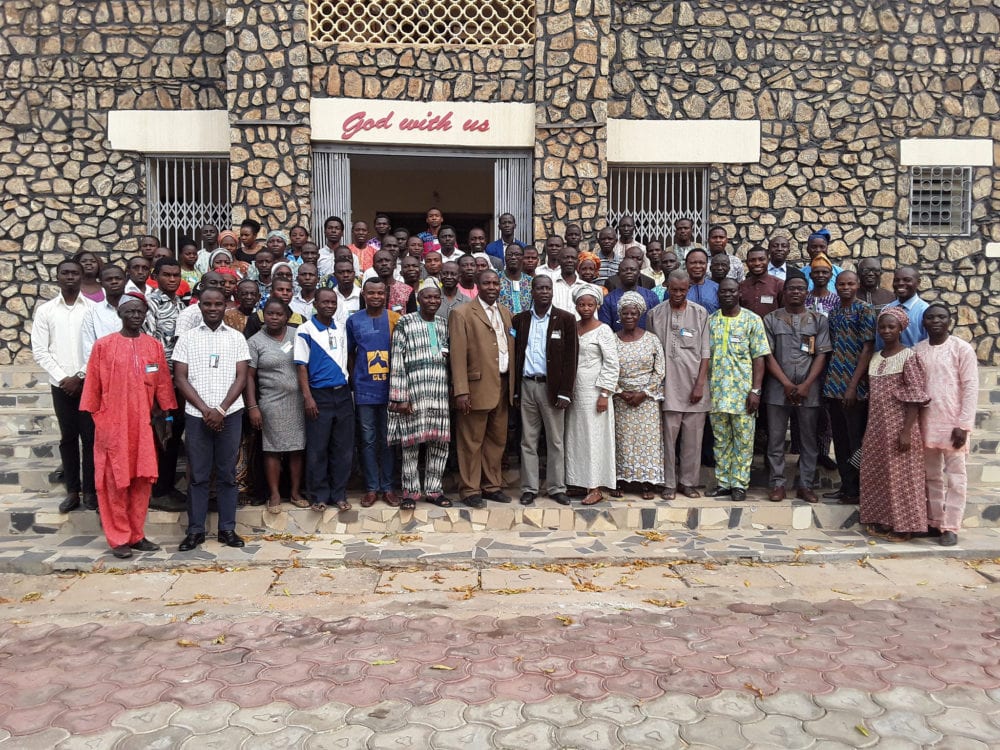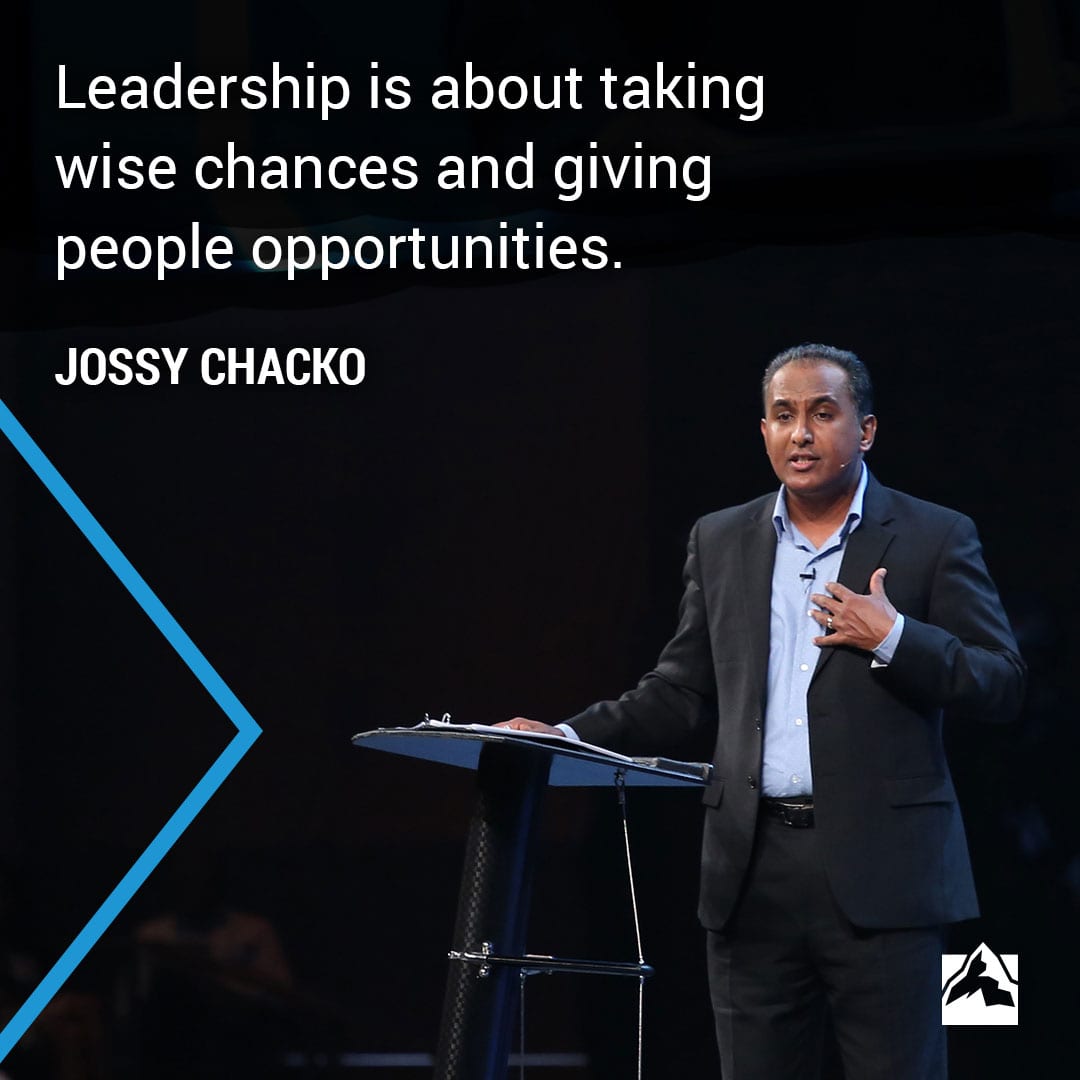
Jack and Suzy Welch’s best practices for managing remote employees apply whether your relationships are on the other side of your city or cross-culturally across the globe. The original post can be found on their LinkedIn Influencer page here.
Earlier this year, Suzy and I wrote an article discussing the benefits and challenges of working remotely. The bottom line was that while “commuting to the office in your slippers” definitely has some advantages; it also brings with it (potential) career limitations . . .
I’d like to pick up on this topic, but this time from the perspective of managing remote workers.
The Pros and Cons of a Remote Workforce
There’s little question that organizations can benefit from having some roles filled by remote workers. Fewer people in the office means less space is needed, resulting in lower real estate costs; time spent commuting in rush-hour traffic can be used for more productive tasks, etc.
But with the benefits come downsides. Remote workers are likely to be less engaged in the culture and mission of the organization; they miss the normal opportunities to build relationships, and they can’t easily go to co-workers to get help or share ideas. Yes, they’re a valuable part of the team – they’re just not THERE all the time.
Nevertheless, the trend of leveraging technology to work remotely is gaining steam and shows no sign of letting up. In the US, approximately one in five workers now work from home on a regular basis, and some estimates have this number increasing to 50 percent over the next decade. As a manager, you can’t ignore this trend. If you’re not already managing at least a few remote team members, you likely will be shortly.
My Own Experience
Our school, the Jack Welch Management Institute, offers a fully online MBA program. And boy, have we been growing! In just over five years, we’ve gone from fewer than 100 students to over 1400 students (all working professionals) who attend virtual classes. They do this from as far away as India and Russia and as near as down the road from our offices. And who is teaching these students? Our world-class faculty, now numbering over 80 strong and growing – all of whom, themselves, work remotely.
To successfully manage a remote workforce and continue to grow your business (while ensuring that quality and customer service don’t slip) you have to unleash every tool you’ve got to maximize socialization in ways that make sure the culture and spirit of your company, and its values and behaviors, are demonstrated and transferred.
Seven Tips for Managing a Remote Workforce
- Take the “randomness” out of communication. In the same way that sales people use Customer Relationship Management (CRM) software to manage their accounts, we use a similar system to ensure every faculty member has weekly interactions (via phone, email or video conferencing) with our Dean.
- Plan your connections. You can’t rely on the normal hallway interactions or spur-of-the-moment meetings to address issues. At a minimum, get your teams committed to weekly “huddles” (via conference calls, or preferably, using virtual meeting tools). But plan these meetings well. Establish clear expectations around key agenda items, and allow time for brainstorming sessions to share ideas.
- Use data to drive performance.At our school, we’ve built a dashboard that displays key metrics at a glance. We’re big fans of the Net Promoter Score (NPS). This is a simple way of measuring customer satisfaction (and, yes, we do view our students as customers, unlike many traditional universities), but we also track lots of other things like course completion and continuation rates. And don’t keep this data a secret. Team members deserve to know how their performance stacks up against that of their colleagues and what they can do to improve.
- Find opportunities for personal interactions.This includes celebrating promotions, birthdays, etc. I have often said that most work teams don’t celebrate enough. That’s doubly true if the team is remote. Yes, I admit that sending out congratulatory email blasts is not quite the same as taking the gang out for pizza, but it’s a start. You have to have fun at work.
- Set aside time (and budget) for the team to meet in person. Just because the day-to-day workflow is virtual, doesn’t mean you can’t bring the team together at least once or twice a year for a face-to-face meeting over a couple days. Yes, there are costs, but the benefits that come from building connections and strong bonds will far outweigh the expense.
- Build a mentor support network. The larger your remote team gets, the more challenging it will be to interact with everyone in the way you’d like to. If you’ve been tracking key performance measures (see #3), you’ll develop a clear picture of who your best players are. Leverage that. Using your top performers to coach and lead teams is a powerful way not only to strengthen connections, but also to increase your reach without adding unnecessary layers of management. However, make sure you are identifying these team leaders on the basis of performance and behaviors, NOT on seniority. You want the “best of the best” mentoring others, not those who’ve simply been around the longest.
- And finally, be flexible. Never lose sight of the reasons why employees pursue roles that allow them to work remotely – flexibility of hours and geography. This may mean that sometimes they need to miss meetings, or they reply to emails at 2:00 a.m. rather than during “normal” business hours. If it becomes a problem, then, of course, address it, but sometimes a little (planned) flexibility on your part can lead to a lot of great work on their part.
All in all, there is a lot more upside than downside in allowing flexible hours and work locations. Not the least of which is that it gives employers access to a much wider pool of qualified applicants than they might otherwise have.
As long as the work gets done, and as long as team members and managers understand and address the challenges, the future looks bright for future generations of telecommuters.












Recent Comments